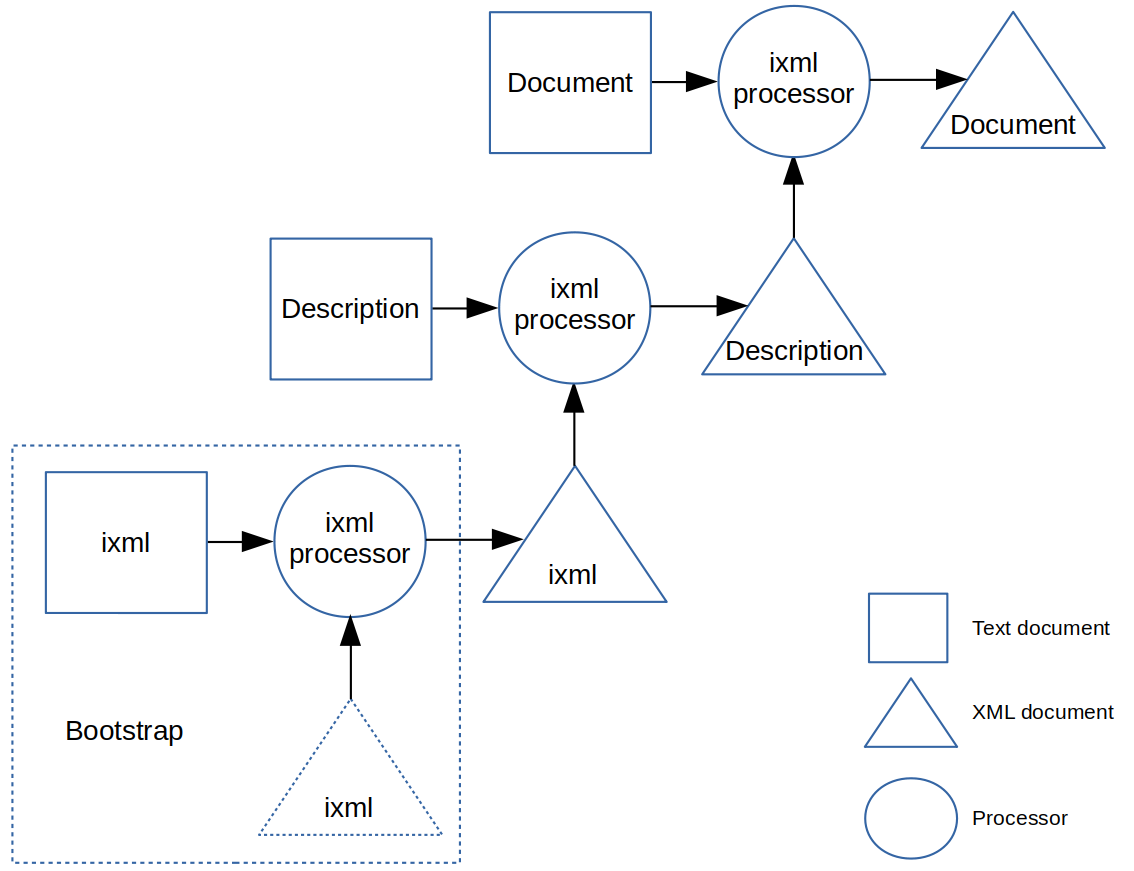

Data is an abstraction: there is no essential difference between the JSON
{"temperature": {"scale": "C"; "value": 21}}
and an equivalent XML
<temperature scale="C" value="21"/>
or
<temperature> <scale>C</scale> <value>21</value> </temperature>
or indeed
Temperature: 21°C
since the underlying abstractions being represented are the same.
We choose which representations of our data to use, JSON, CSV, XML, or whatever, depending on habit, convenience, or the context we want to use that data in. On the other hand, having an interoperable generic toolchain such as that provided by XML to process data is of immense value. How do we resolve the conflicting requirements of convenience, habit, and context, and still enable a generic toolchain?
Invisible XML (ixml) is a method for treating non-XML documents as if they were XML, enabling authors to write documents and data in a format they prefer while providing XML for processes that are more effective with XML content. For example, it can turn CSS code like
body {color: blue; font-weight: bold}
into XML like
<css>
<rule>
<simple-selector name="body"/>
<block>
<property>
<name>color</name>
<value>blue</value>
</property>
<property>
<name>font-weight</name>
<value>bold</value>
</property>
</block>
</rule>
</css>
or
<css>
<rule>
<selector>body</selector>
<block>
<property name="color" value="blue"/>
<property name="font-weight" value="bold"/>
</block>
</rule>
</css>
depending on choice.
This is an ongoing project to provide software that lets you treat any parsable format as if it were XML, without the need for markup.
There are a number of papers on the development including:
There are a number of implementations already available; see invisiblexml.org for details.